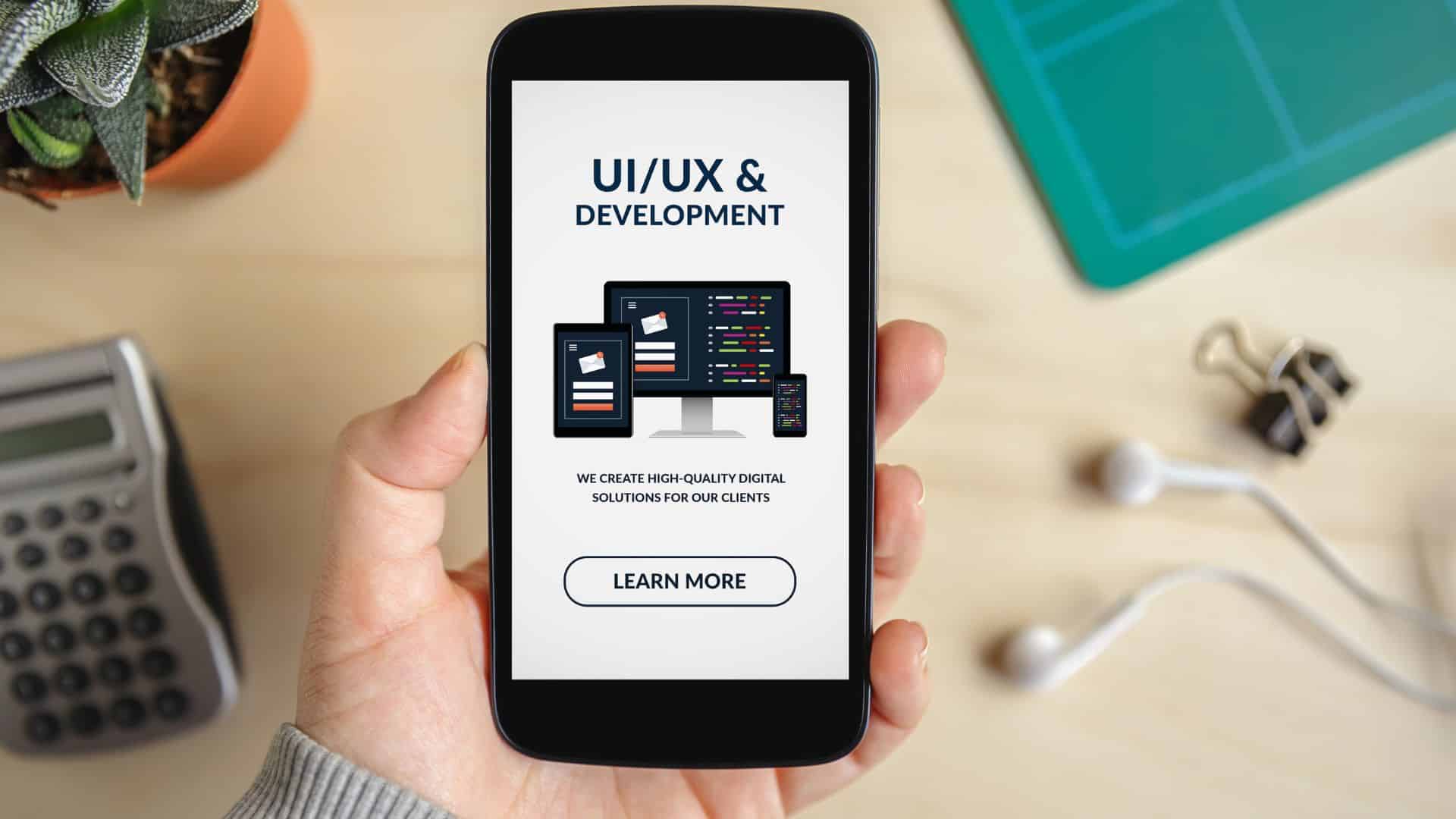
In today’s digital world, UI/UX design is a critical component of any digital product or service, and as such, the demand for skilled UI/UX designers has been on the rise in recent years. In addition to designing new digital experiences, UX audit is also an essential aspect of the UX design process. With the increasing importance of creating engaging and user-friendly digital experiences through UX audit, it’s no surprise that UI/UX design salaries have been steadily increasing as well.
Current State of UI/UX Design
A focus on simplicity, functionality, and accessibility characterizes the present state of UI/UX design. Designers constantly strive to make their interfaces as user-friendly as possible, but crucial issues still need to be addressed. One of the significant problems with current UI/UX design trends is that they can be generic and lack creativity, resulting in an uninspiring user experience. Furthermore, some UI/UX designs can be complicated and overwhelming, leading to frustration and confusion among users.
Trends to Watch and Adopt
- Dark mode design: The dark mode trend is becoming increasingly popular among designers, with many users preferring the dark mode interface over the traditional light mode. Dark mode reduces eye strain and provides a sleek and modern look.
- Voice-enabled UI design: Voice-enabled user interfaces are becoming more common as voice assistants such as Siri and Alexa become more popular. Voice-enabled interfaces provide a hands-free and more natural way of interacting with digital products.
- VR and AR integration in UI/UX Design: Virtual Reality (VR) and Augmented Reality (AR) are increasingly being used to create immersive user experiences. Integrating VR and AR in UI/UX design can give users a more engaging and interactive experience.
- Custom illustrations and graphics in UI/UX Design: Custom illustrations and graphics can add a personal touch to the user interface, making it more memorable and engaging.
- Minimalism in UI/UX Design: Minimalist design has been a trend for a while, but it’s still evolving. Minimalist design focuses on simplicity and clarity, reducing visual noise and distractions.
Benefits of Adopting the Future UI/UX Design Trends
Adopting future UI/UX design trends can benefit designers and users alike. Firstly, they enhance user experience, making it more intuitive and engaging. Secondly, adopting new UI/UX design trends can increase user engagement and retention, leading to better conversion rates. Thirdly, implementing these trends can give designers and companies a competitive edge over their rivals. Fourthly, integrating accessibility and inclusivity features in UI/UX design can make it easier for users with disabilities to access digital products and services.
Challenges and Risks Associated with Adopting the Future UI/UX Design Trends
While the benefits of adopting future UI/UX design trends are significant, challenges and risks are also associated with their implementation. Firstly, technical complexities may be involved in integrating new design trends with existing infrastructure. Secondly, the high cost and time investment required may deter companies from adopting new design trends. Thirdly, designers and developers may need to undergo a learning curve to master the new design trends. Fourthly, users may resist the change, leading to adoption issues.
UI/UX Designer Salary
UI/UX design is a critical component of any digital product or service, and as such, the demand for skilled UI/UX designers has been on the rise in recent years. With the increasing importance of creating engaging and user-friendly digital experiences, it’s no surprise that UI/UX design salaries have been steadily increasing as well.
UI/UX design salaries can vary significantly depending on various factors, including the designer’s experience level, location, and the size of the company they work for. According to Glassdoor, the national average salary for a UI/UX designer in the United States is $86,000 per year, with entry-level designers earning an average of $67,000 per year and experienced designers earning upwards of $130,000 per year.
Location is a significant factor that can affect UI/UX design salaries. For example, UI/UX designers in large metropolitan areas such as San Francisco, New York, and Seattle can expect to earn higher salaries due to the high demand for skilled designers in these areas. The cost of living in these areas is also generally higher, influencing salary negotiations.
Another factor that can affect UI/UX design salaries is the size of the company the designer works for. Large companies with established design teams and significant digital products or services often pay higher salaries to attract top talent. Startups and smaller companies may not have the same budget for salaries. Still, they may offer other benefits such as equity, flexibility, and the opportunity to work on cutting-edge projects.
It’s worth noting that while salary is an essential factor when considering a job, it’s not the only one. Other factors such as company culture, work-life balance, and growth opportunities should also be considered when evaluating potential job opportunities.
Conclusion
UI/UX design trends constantly evolve, and designers must stay ahead of the curve to provide users with the best possible experience. The trends outlined above, including dark mode design, voice-enabled UI design, VR and AR integration, custom illustrations, and minimalism, represent the future of UI/UX design. While challenges and risks are associated with their implementation, the benefits of adopting these trends are significant.
